Art History Final
5.0(1)
5.0(1)
New
Card Sorting
1/91
Earn XP
Description and Tags
Study Analytics
Name | Mastery | Learn | Test | Matching | Spaced |
|---|
No study sessions yet.
92 Terms
1
New cards
Jacques-Louis David, 1784-1785
Oath of the Horatii
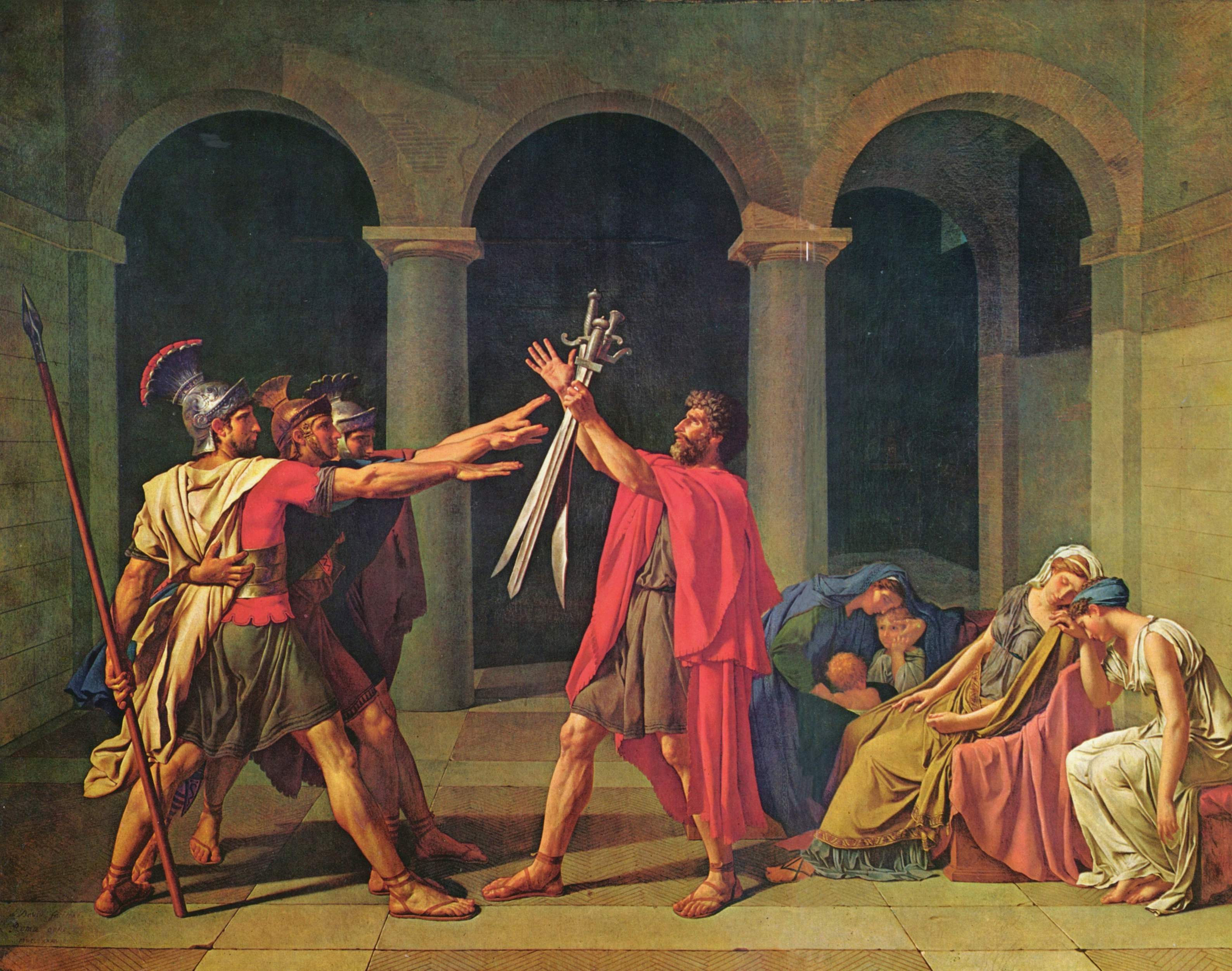
2
New cards
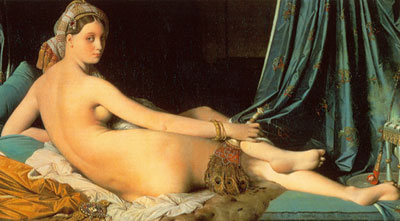
Large Odalisque
Jean-Auguste-Dominique Ingres, 1814
3
New cards
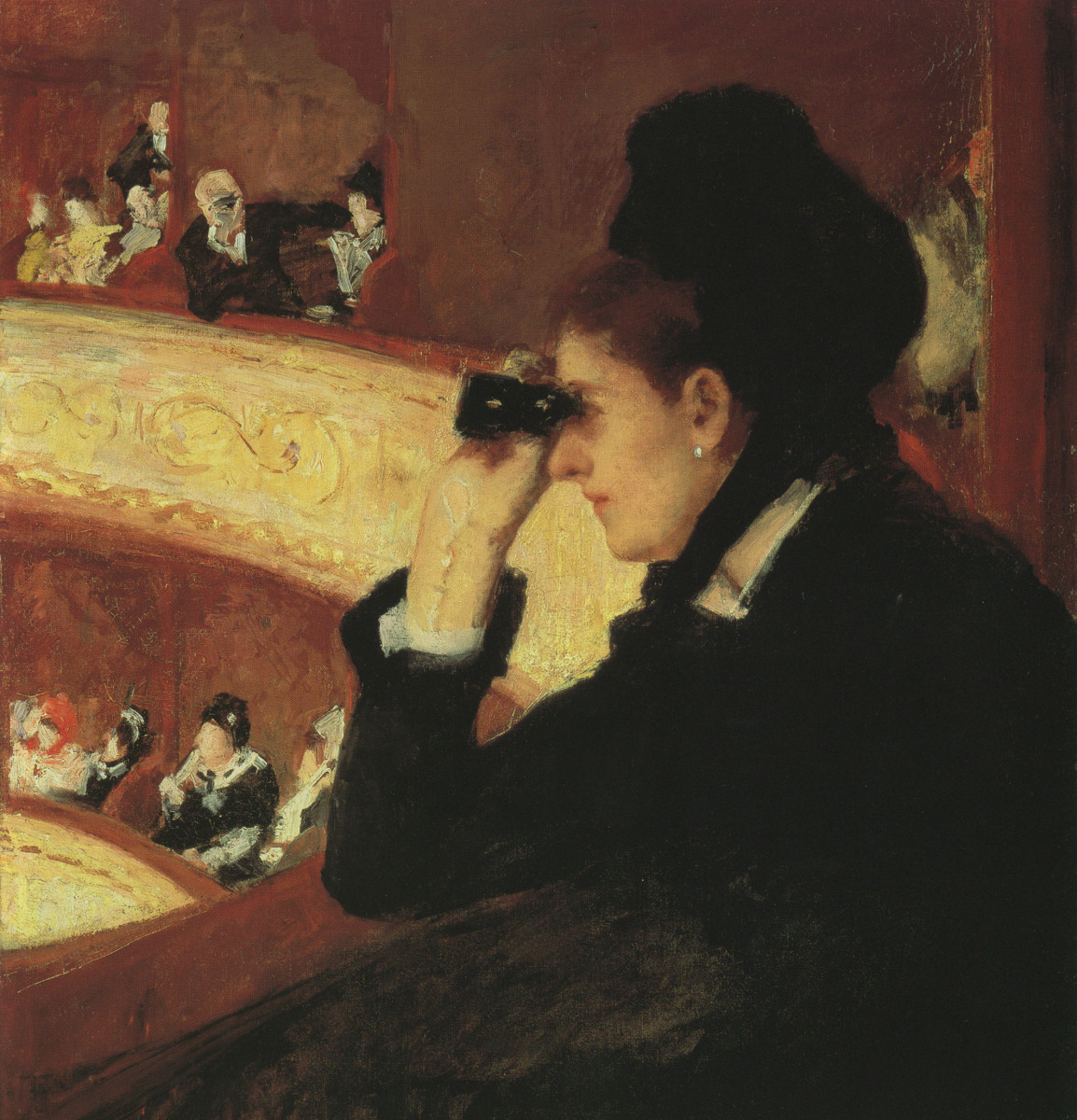
In the Loge
Mary Cassatt, 1878
4
New cards
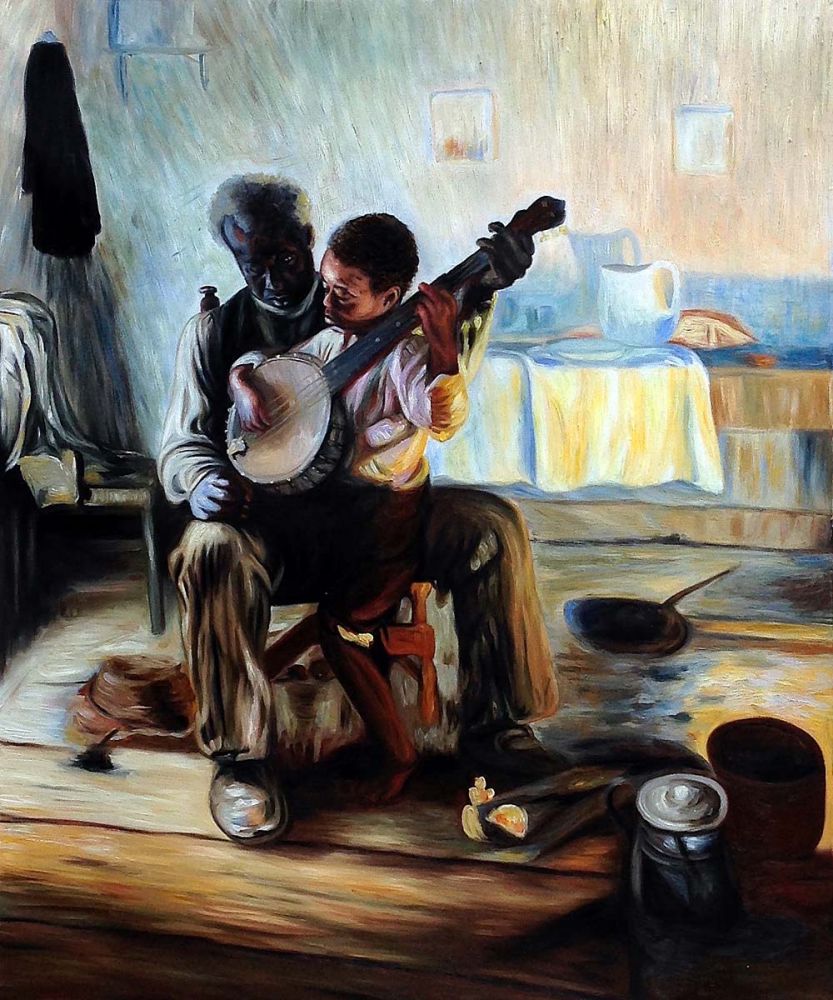
The Banjo Lesson
Henry Ossawa Tanner, 1893
5
New cards
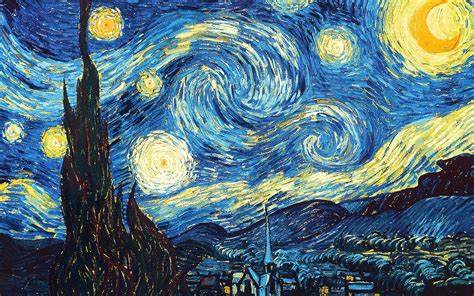
Starry Night
Vincent Van Gogh, 1889
6
New cards
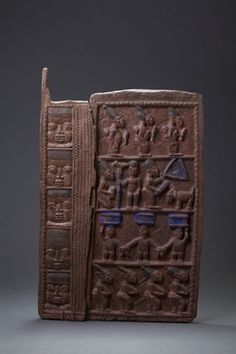
Doors for the King's Palace
Olowe of Ise, Yoruba, 1900
7
New cards
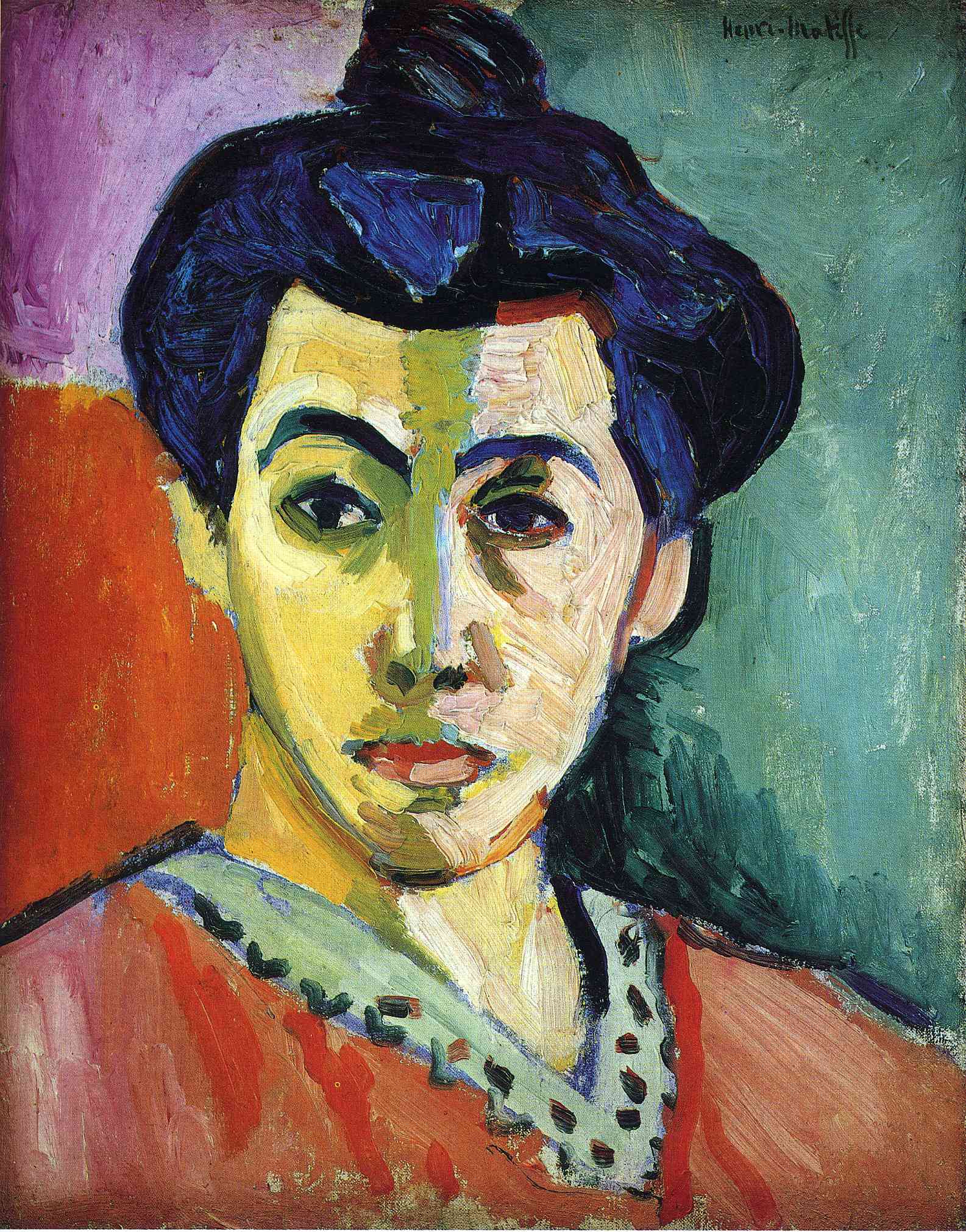
Portrait of Madame Matisse
Henry Matisse, 1905
8
New cards
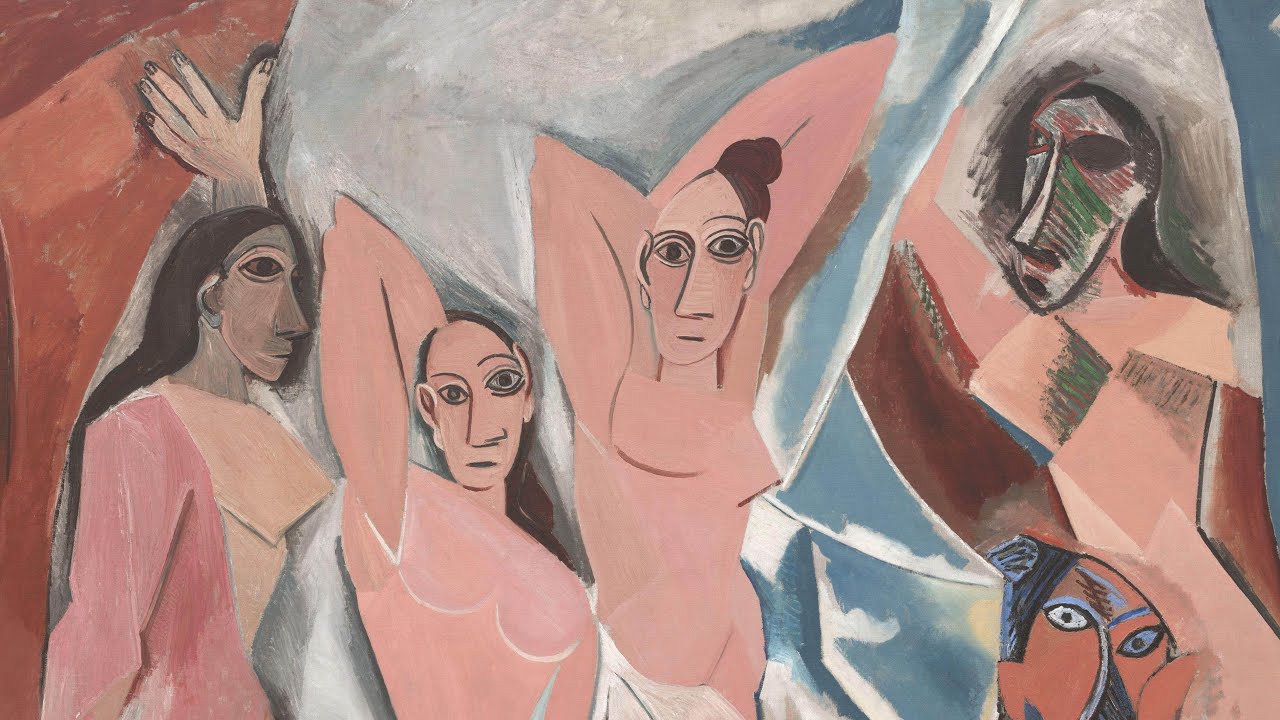
Les Desmoiselles D'Avignon (The Young Ladies of Avignon
Pablo Picasso, 1907
9
New cards
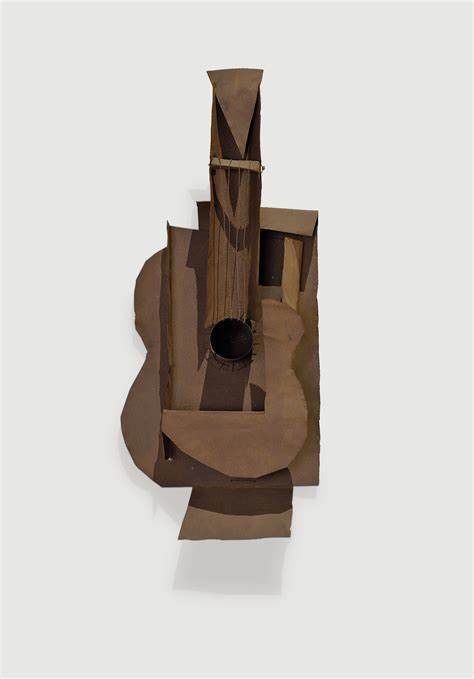
Guitar
Pablo Picasso, 1914
10
New cards
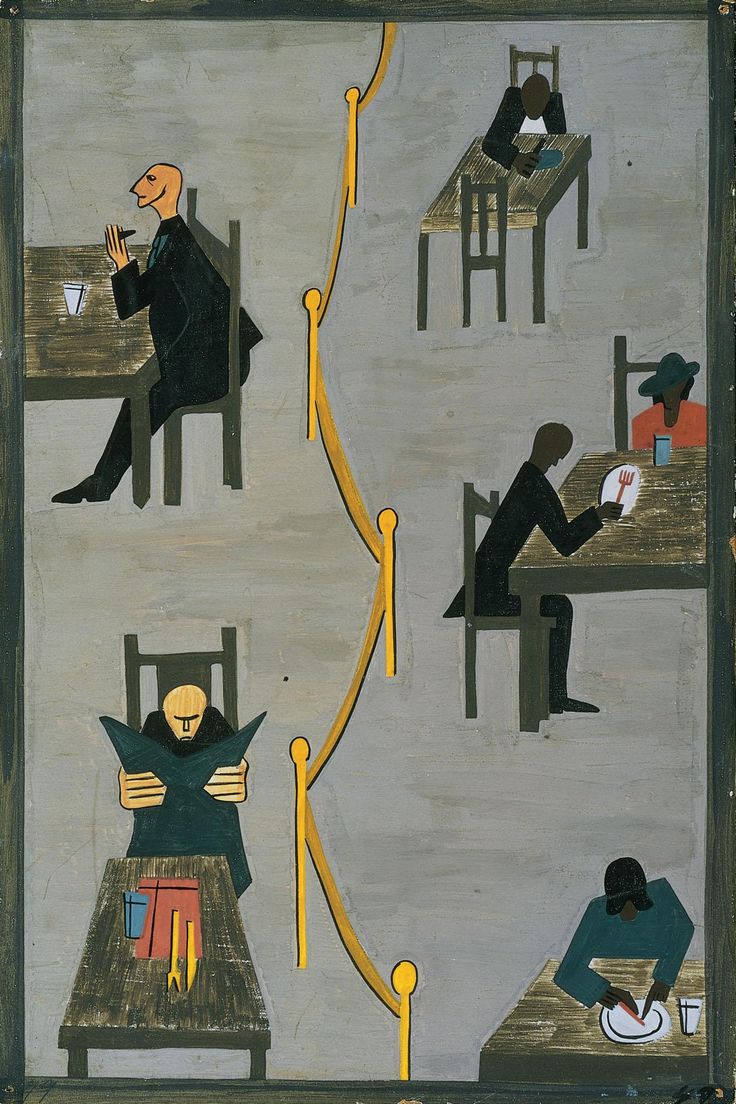
Migration Series, Panel no. 49
Jacob Lawrence, 1940-41
11
New cards
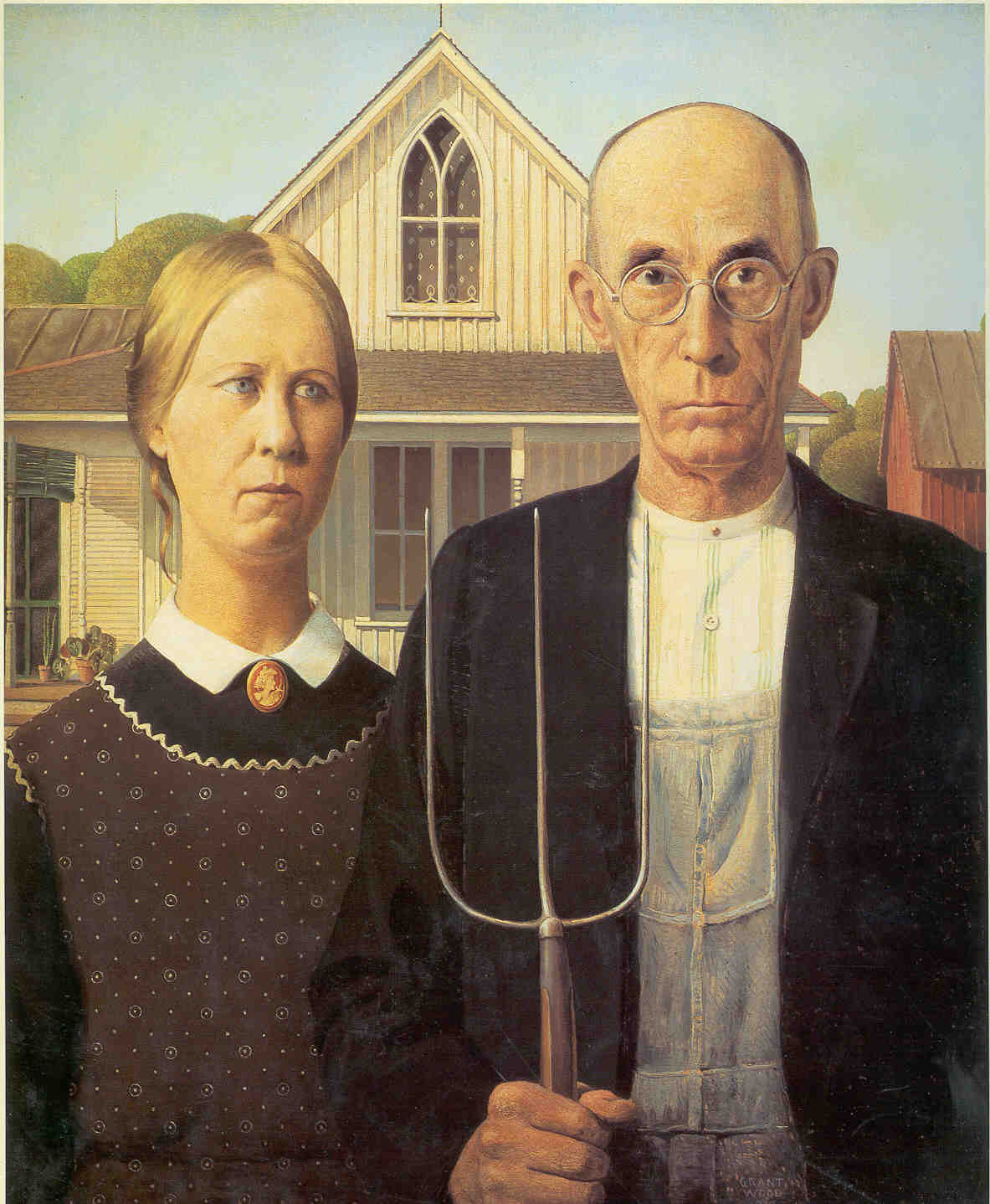
American Gothic
Grant Wood, 1930
12
New cards
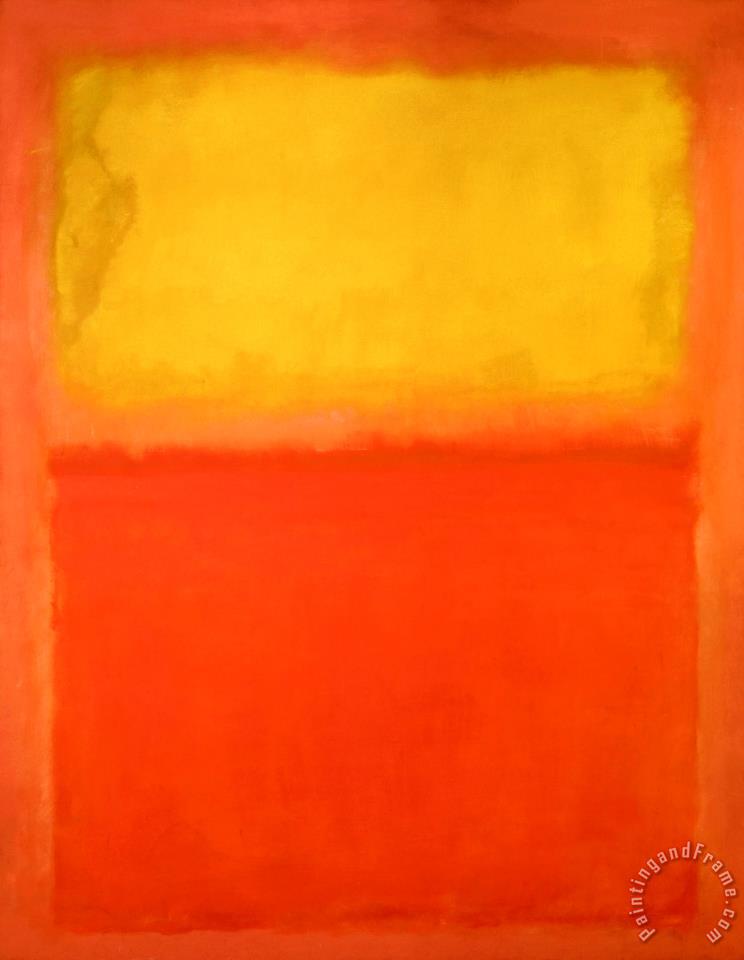
Orange and Yellow
Mark Rothko, 1956
13
New cards
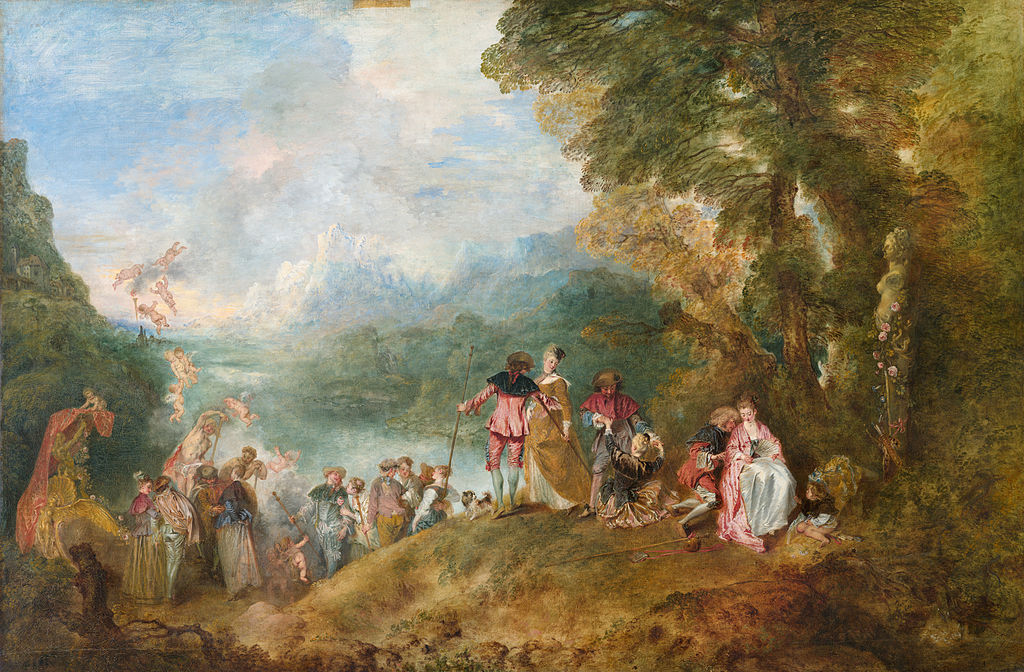
Pilgrimage to the Island of Cythera
Jean-Antoine Watteau, 1717
14
New cards
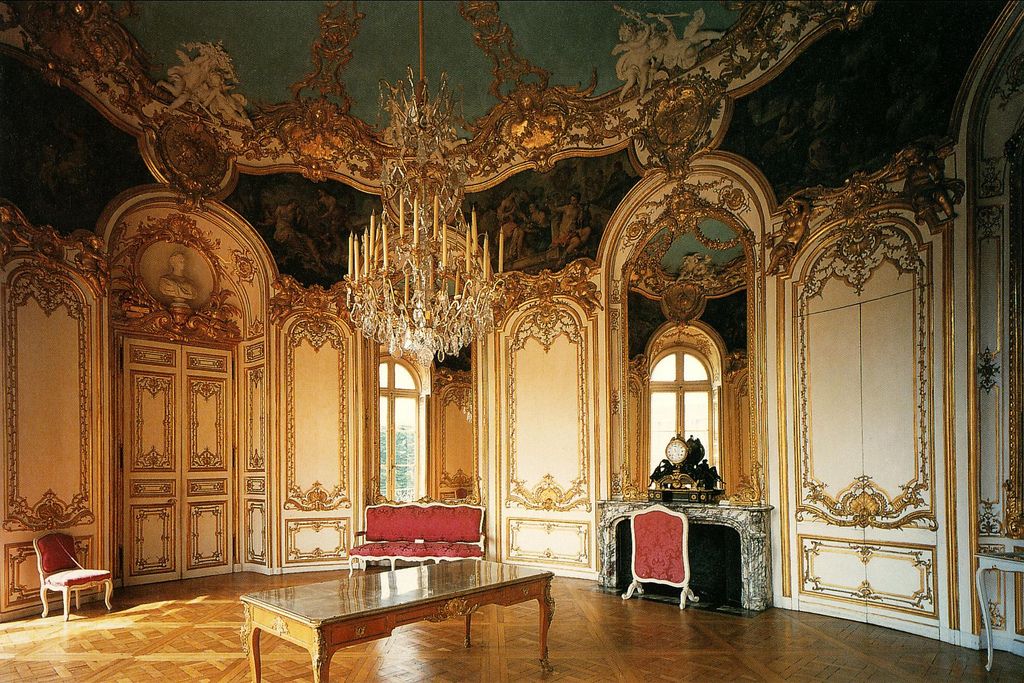
Salon de la Princesse
Germaine Boffrand, Paris, 1735-39
15
New cards
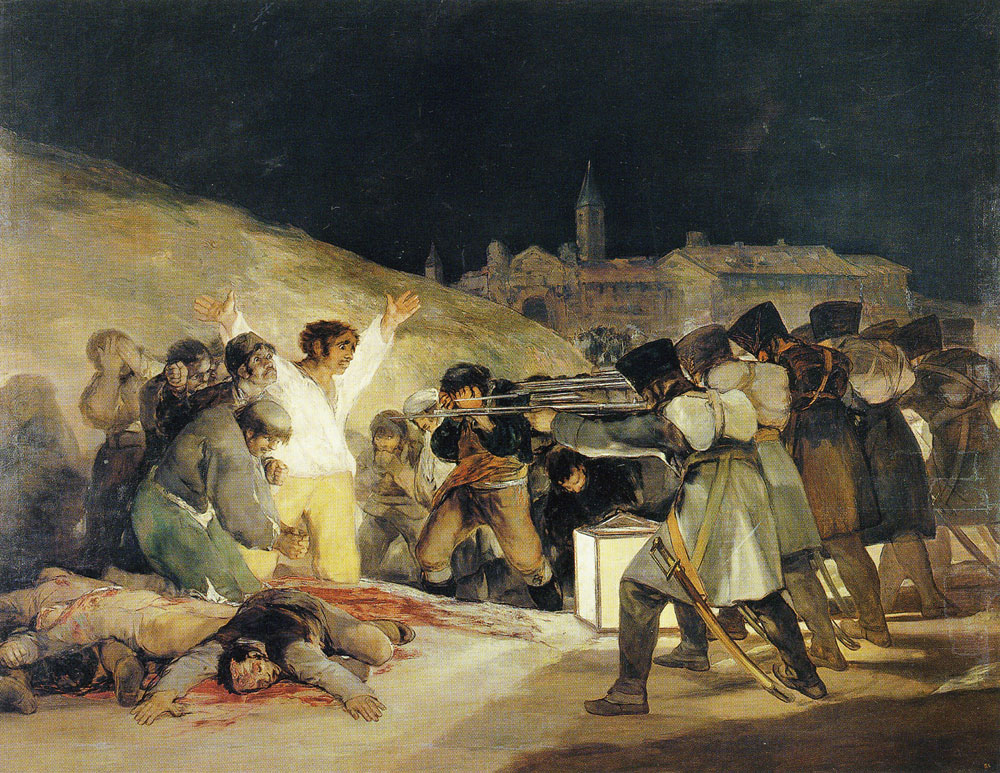
Third of May, 1808
Francisco de Goya, 1814-1815
16
New cards
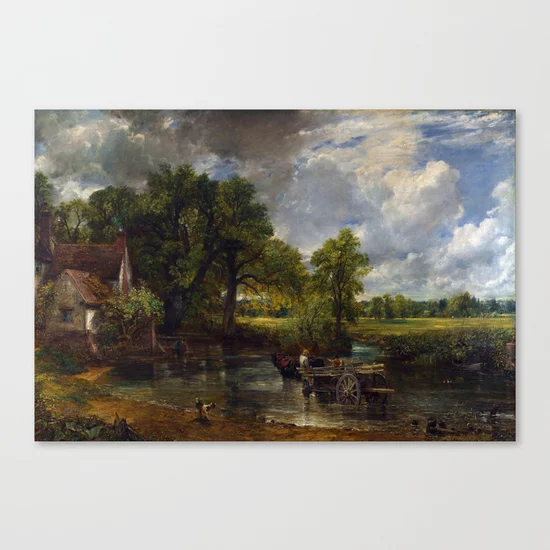
The Hawayin
John Constable, 1821
17
New cards

Boulevard du Temple
Louis-Jacques-Mande Daguerre, 1839, Daguerrotype
18
New cards
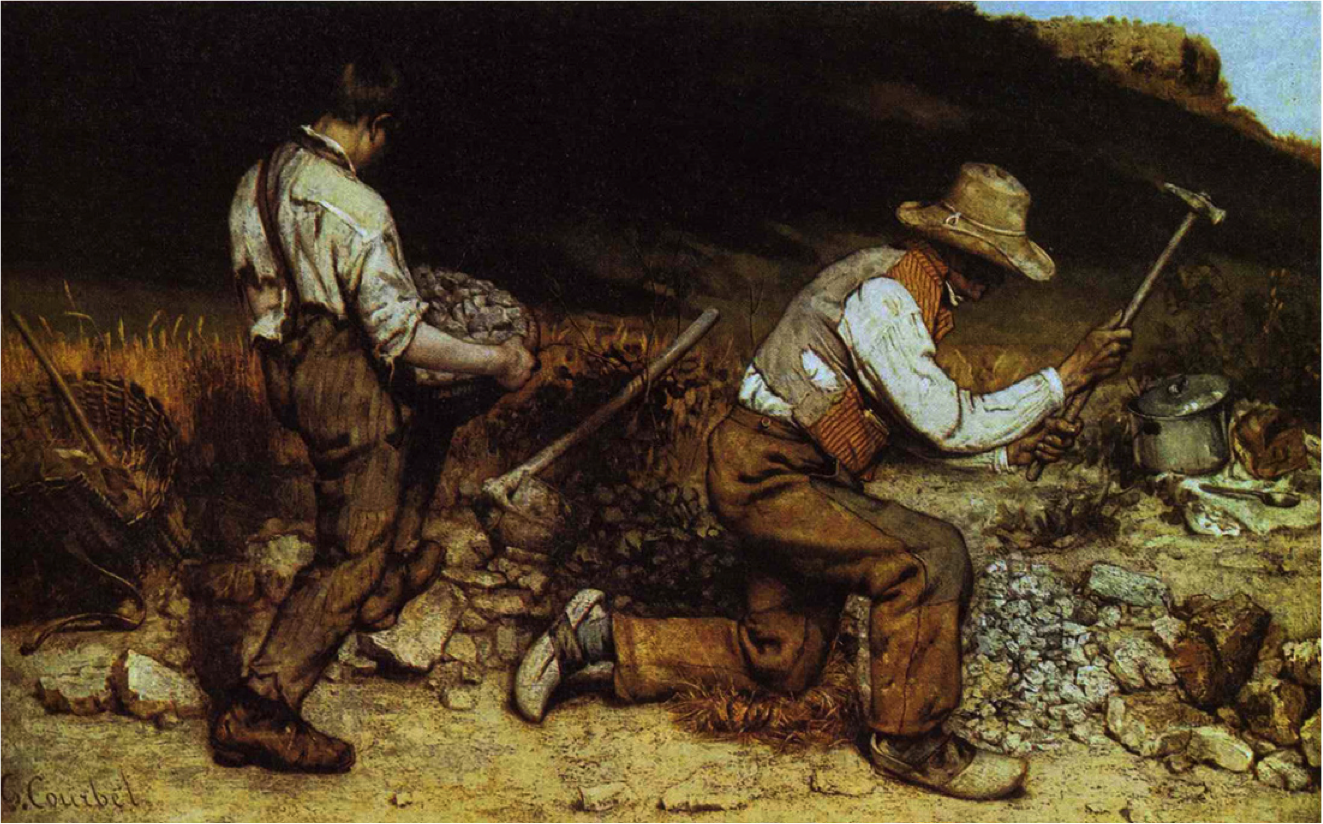
The Stone Breakers
Gustave Courbet, 1849
19
New cards
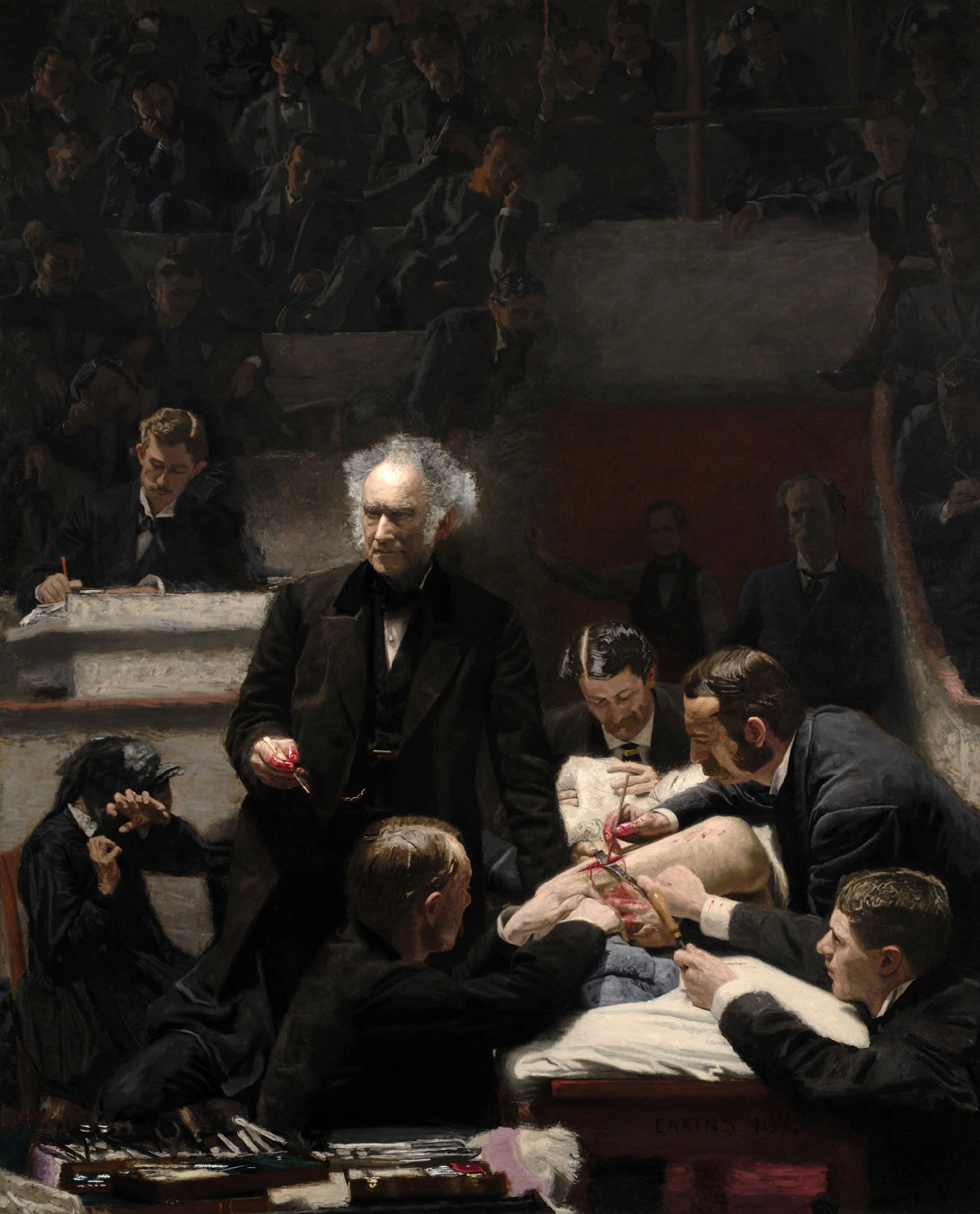
The Gross Clinic
Thomas Eakins, 1875
20
New cards
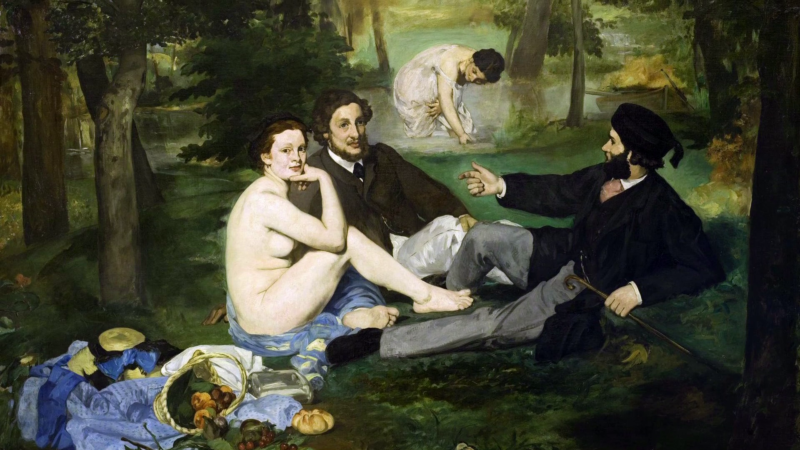
Le Dejeuner Sur L'Herbe (Luncheon on the Grass)
Edouard Manet, 1863
21
New cards
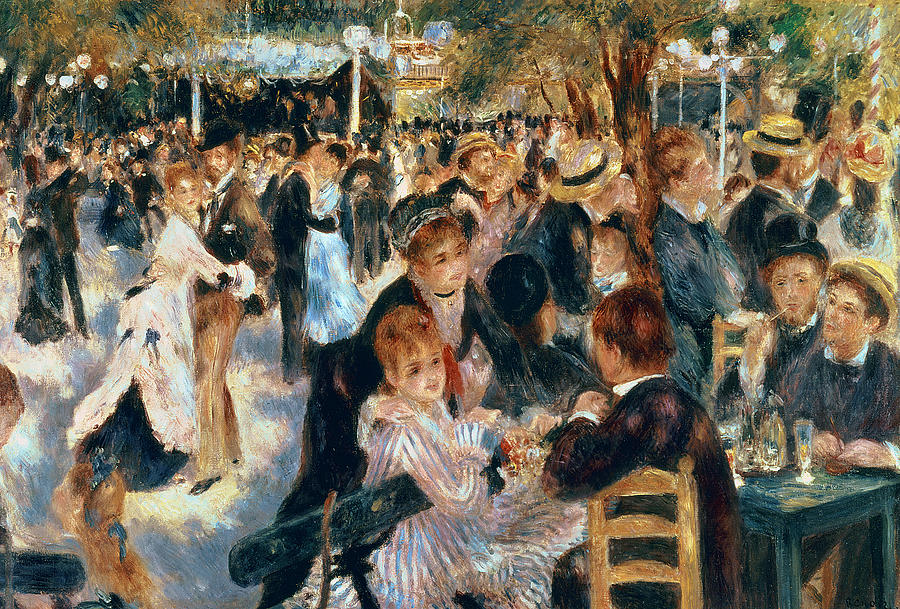
Moulin de la Galette
Pierre August Renoir, 1876
22
New cards
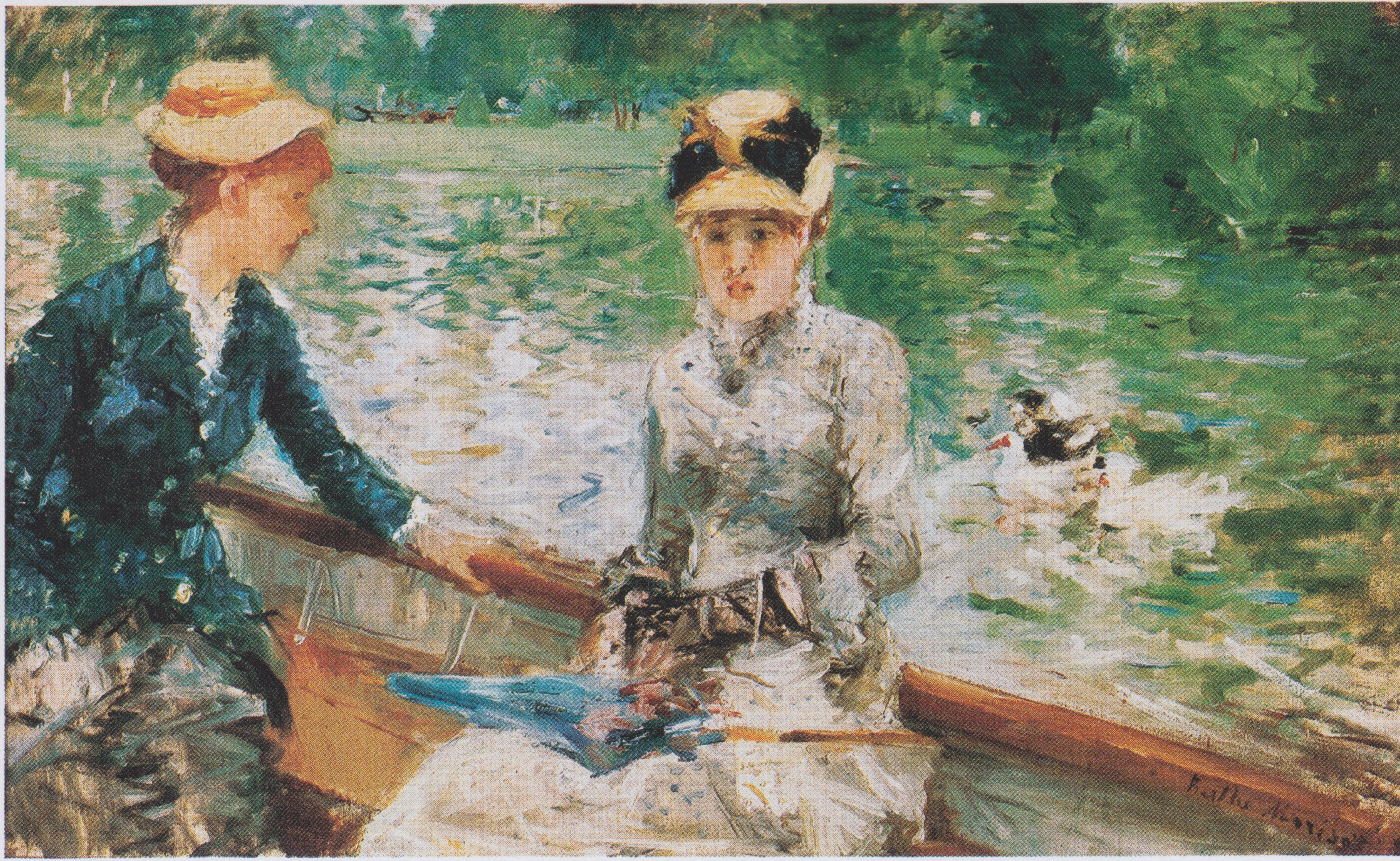
Summer's Day
Berthe Morisot, 1879
23
New cards

A Sunday on La Grande Jatte
Georges Seurat, 1884-86
24
New cards
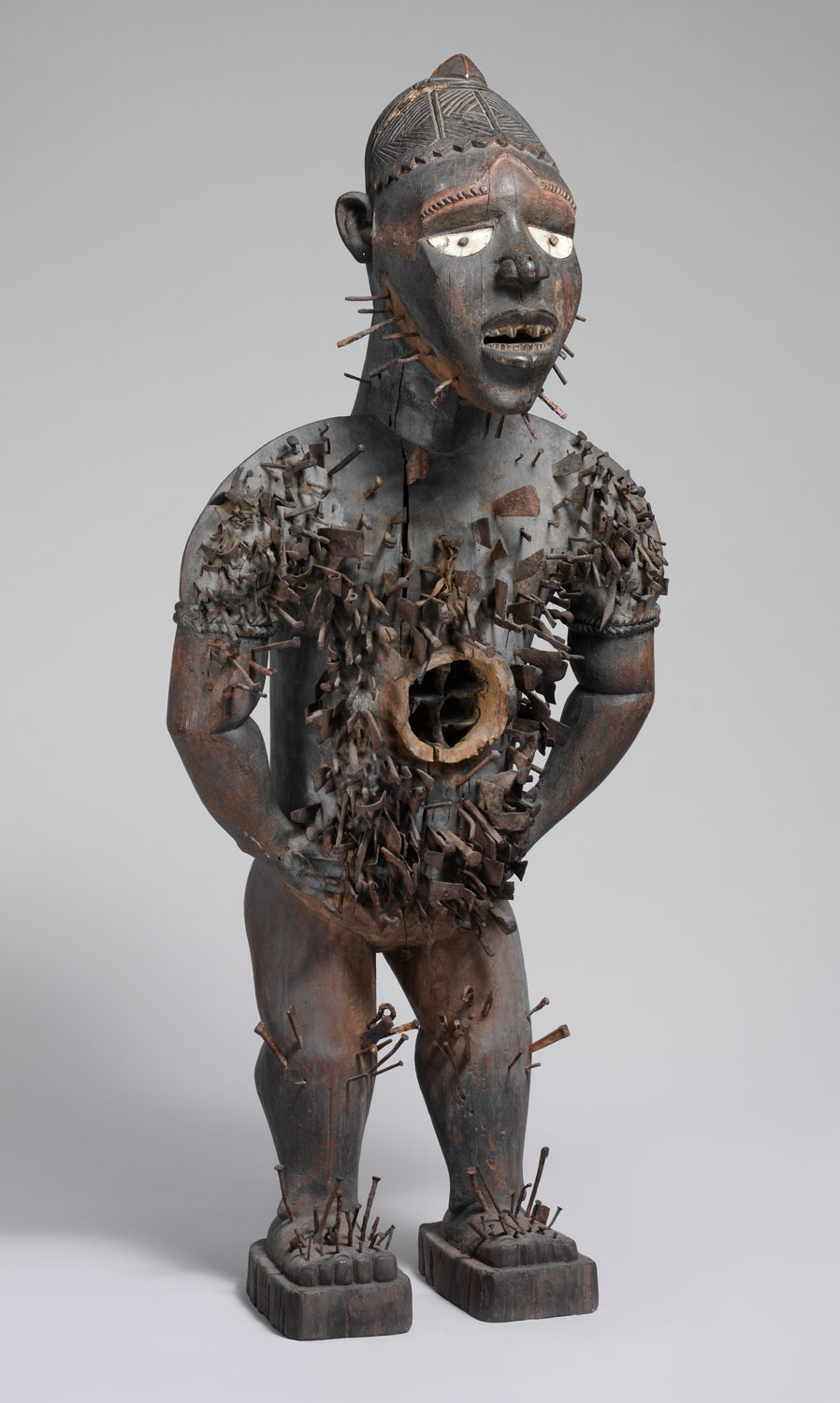
Nkisi Nkondi
Kongo artist, before 1878
25
New cards
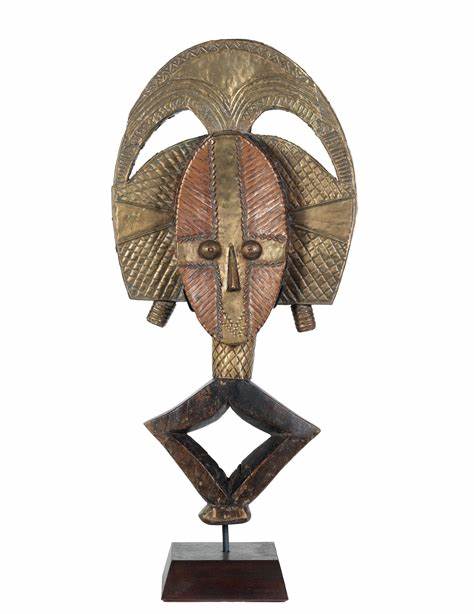
Reliquary Guardian
Kota artist, before 1880
26
New cards
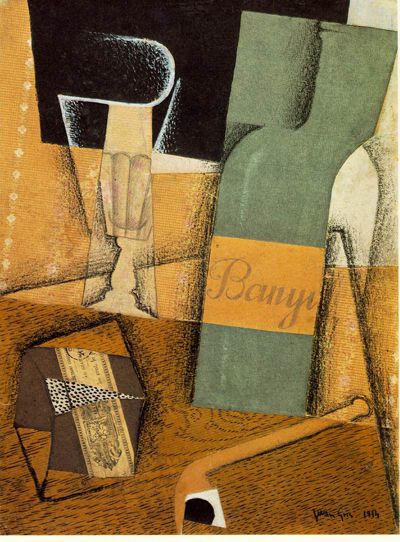
Bottle of Banyuls
Juan Gris, 1914
27
New cards
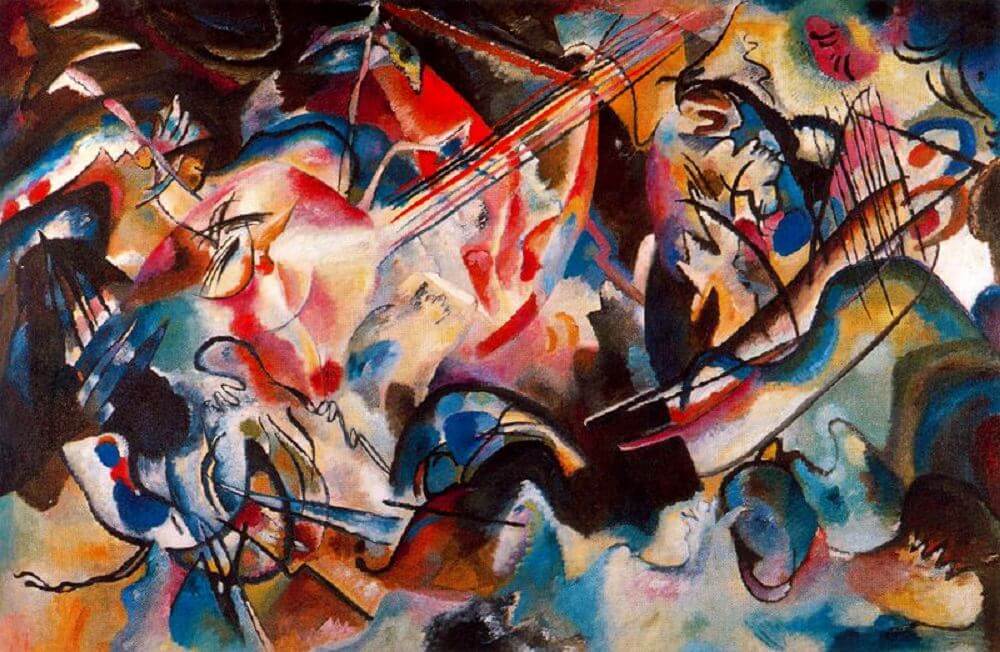
Composition VI
Wassily Kandinsky, 1913
28
New cards
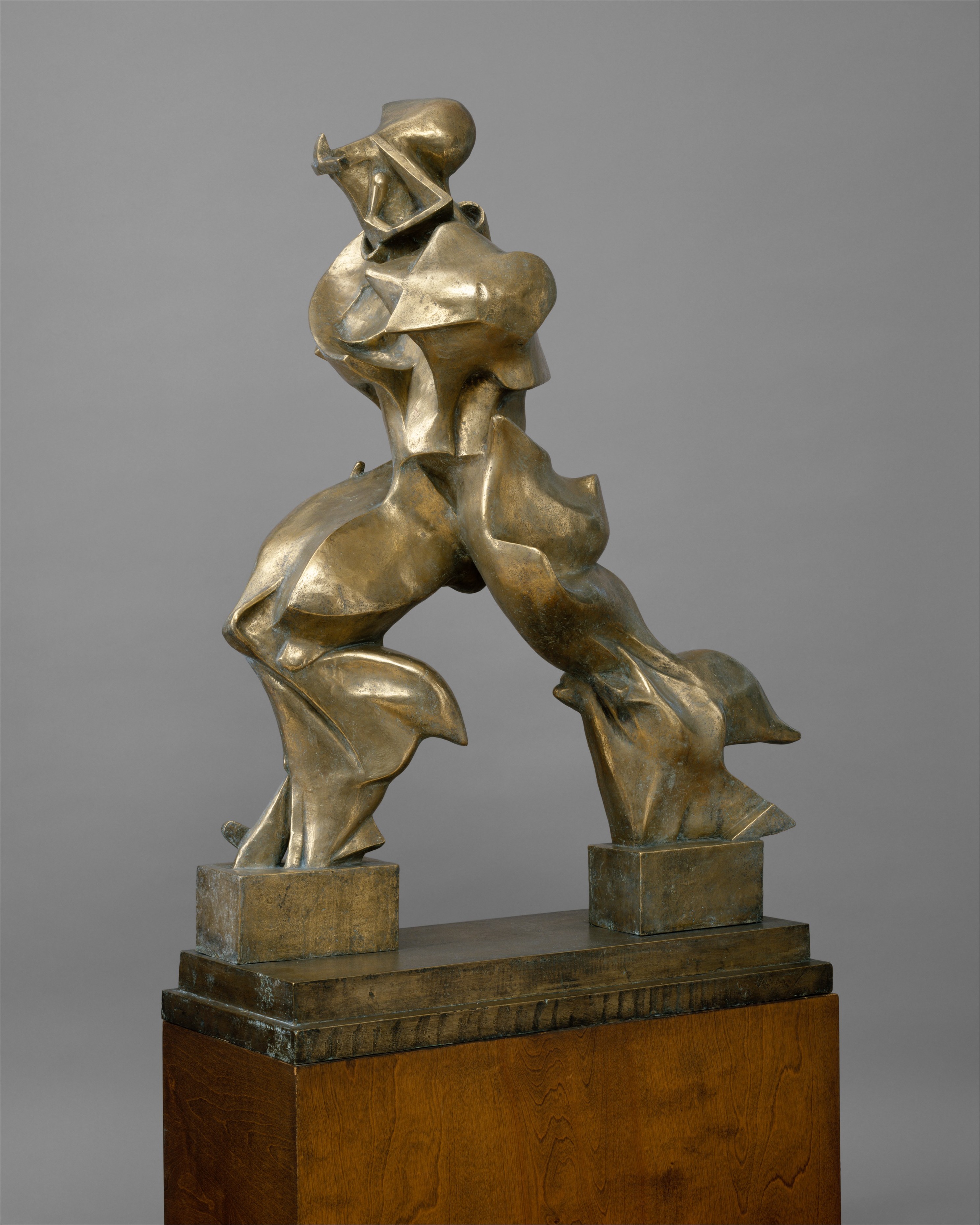
Unique Forms of Continuity in Space
Boccioni, 1913
29
New cards
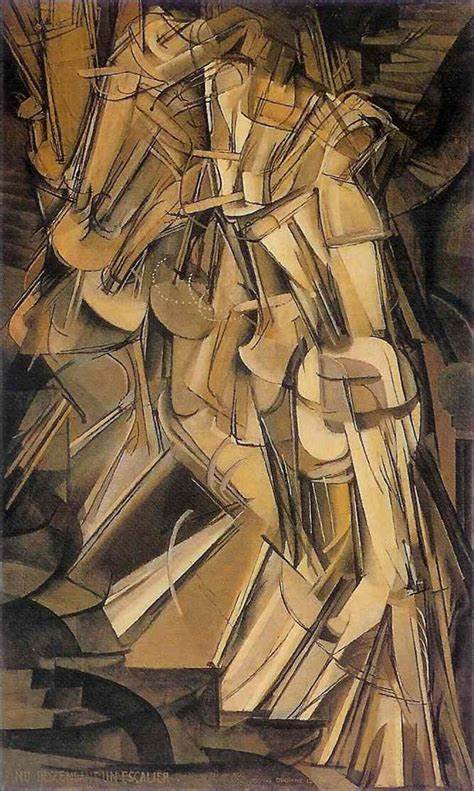
Nude Descending a Staircase
Marcel Duchamp, 1912
30
New cards
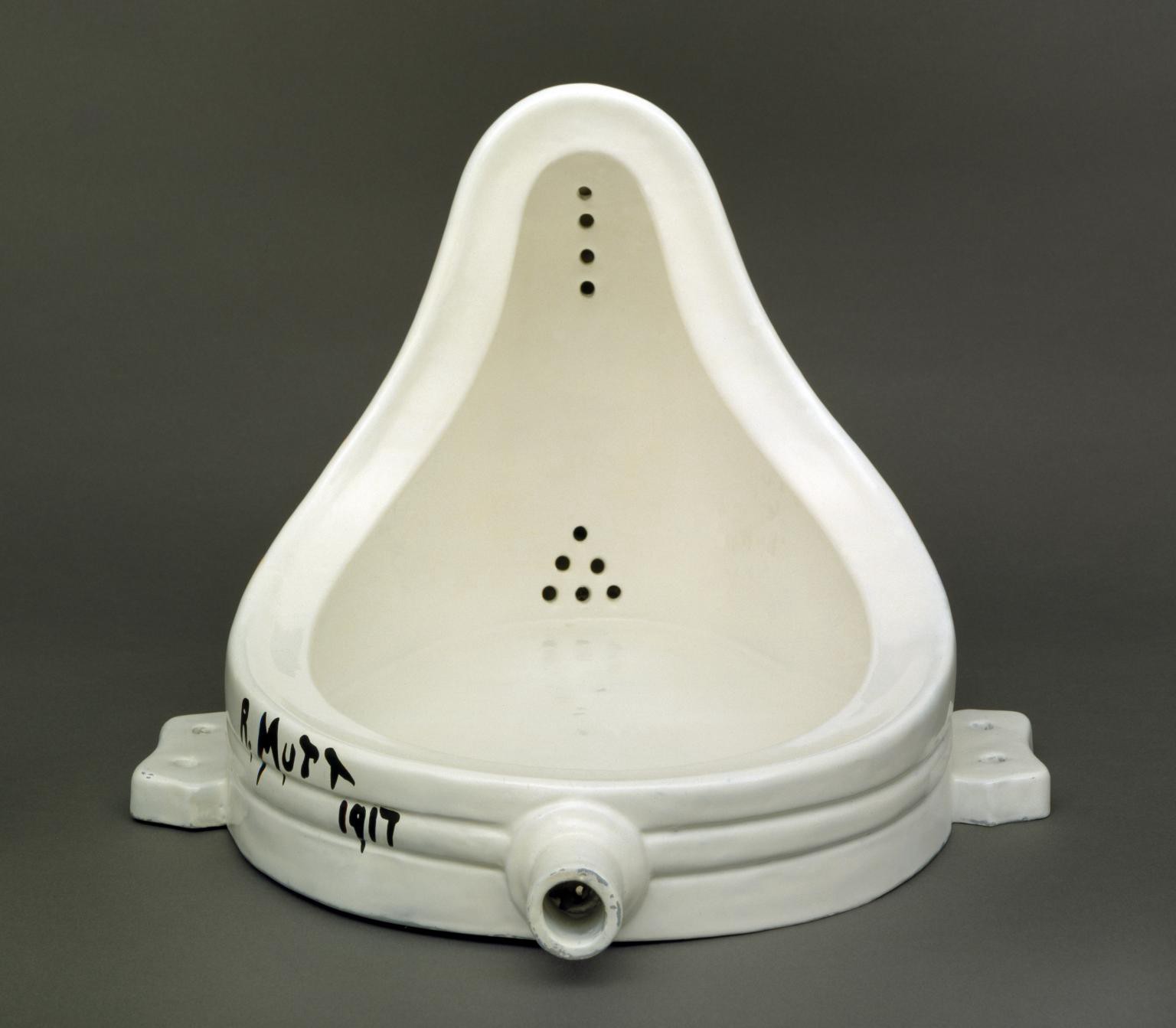
Fountain
Marcel Duchamp, 1917
31
New cards
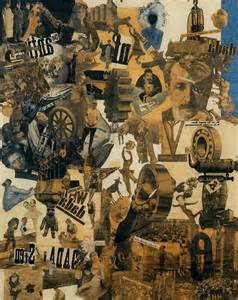
Cut with the Kitchen Knife Dad Through the last Weimar Beer-Belly Cultural Epoch of Germany
Hanna Hoch, 1919
32
New cards
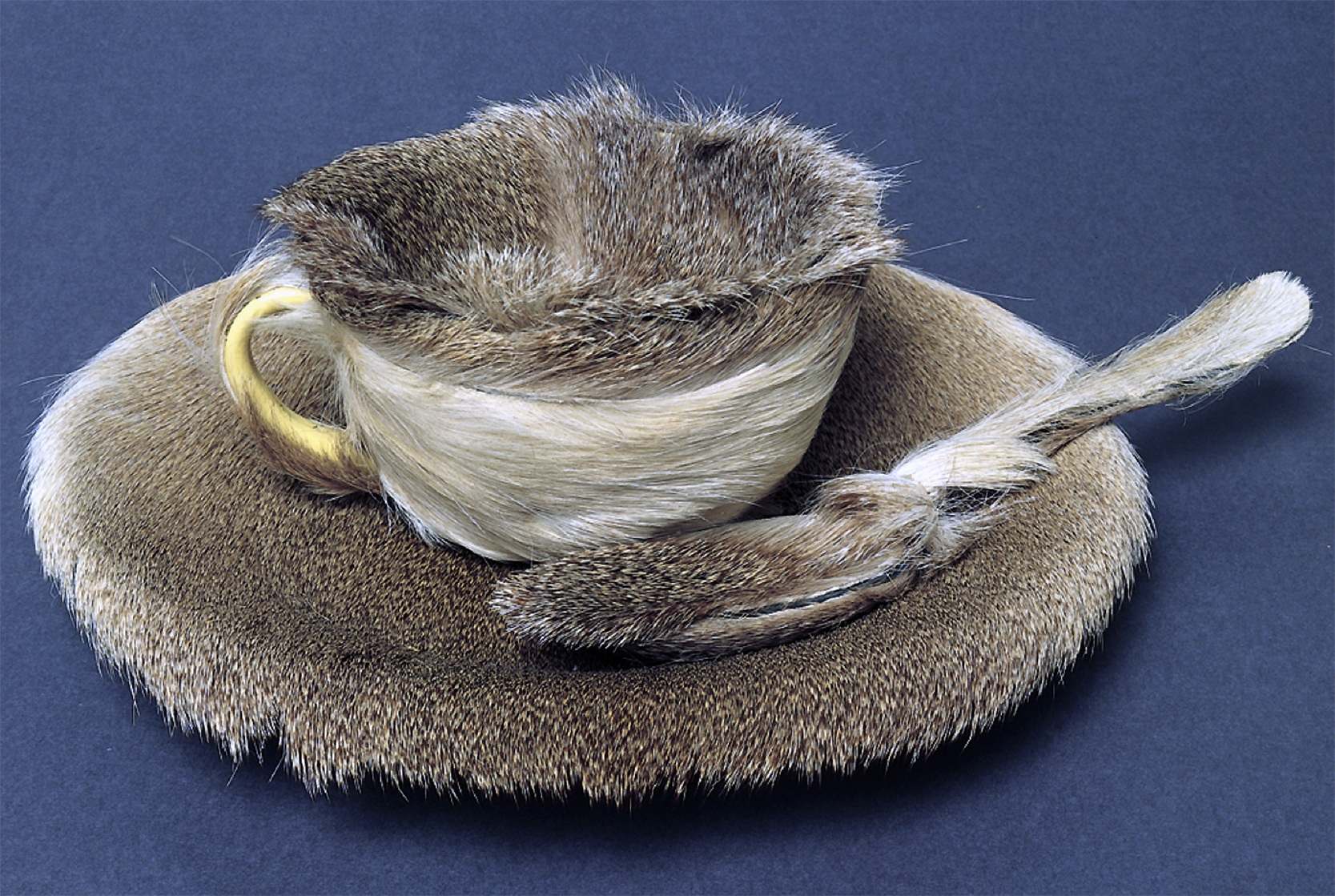
Object (Fur Cup)
Meret Oppenheim, 1936
33
New cards
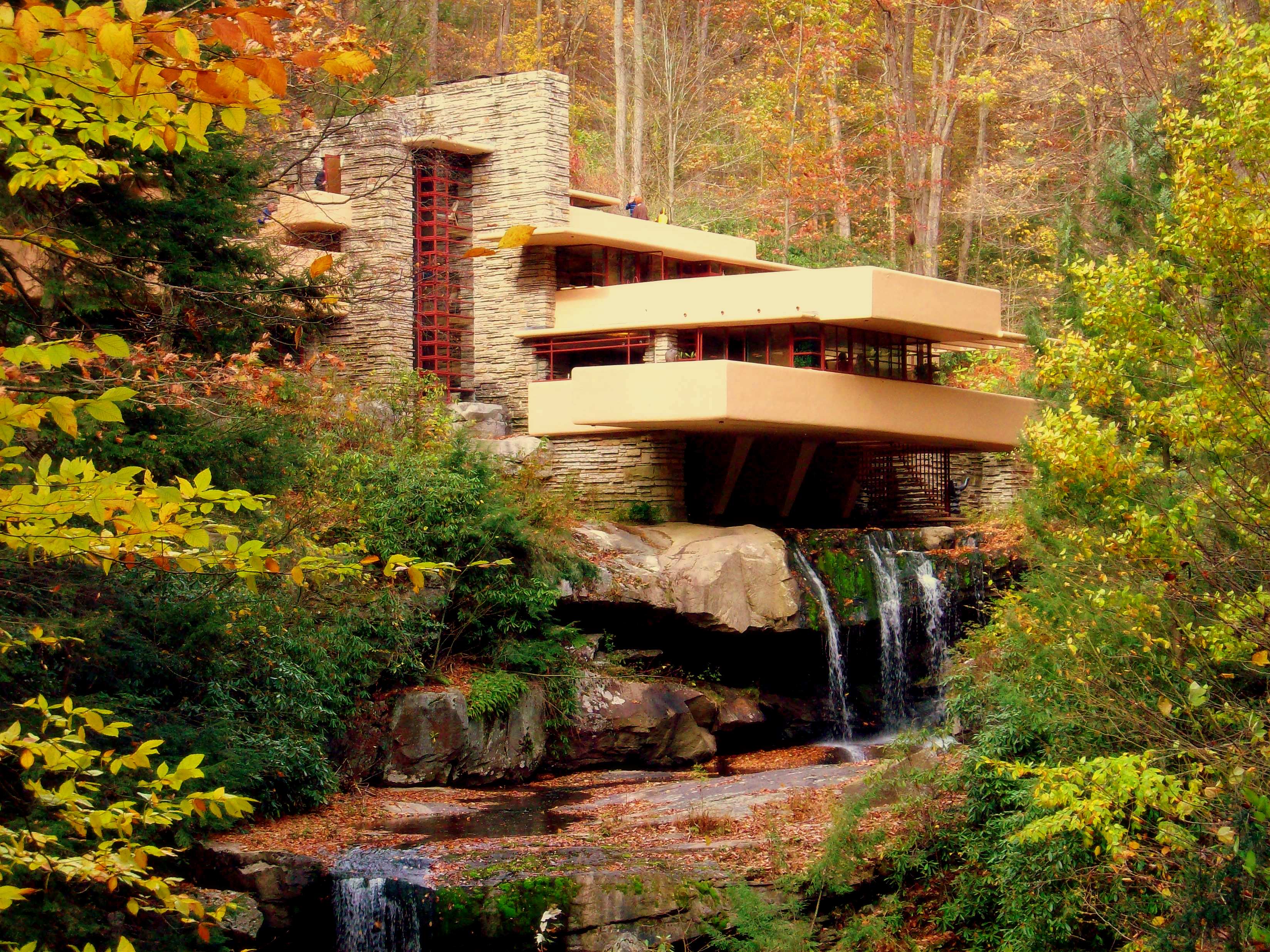
Fallingwater
Frank Lloyd Wright, 1935-38
34
New cards
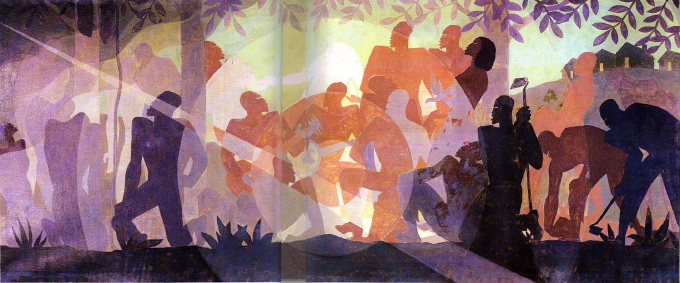
Aspects of Negro Life: An Idyll of the Deep South
Aaron Douglas, 1934
35
New cards
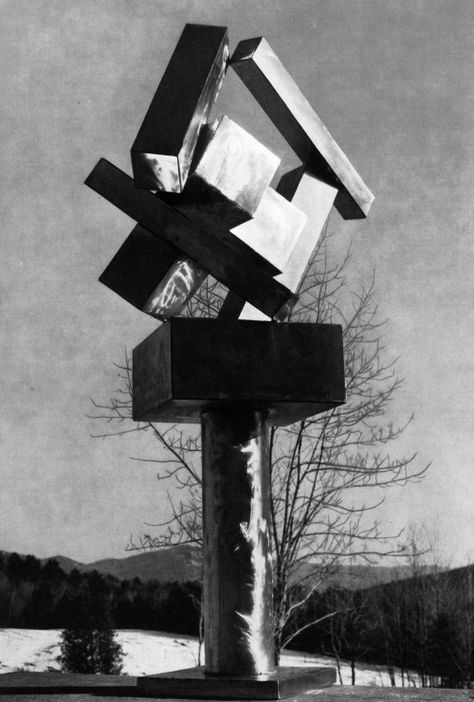
Cubi XVIII
David Smith, 1964
36
New cards
Salon
an official French exhibition of art held anually or biannualy, sponsored by the government through the French Royal Academy of Painting and Sculpture from 1667 to 1881
37
New cards
The Enlightenment
a philosophical movement of the late 17th and 18th centuries that rejected traditional, religious authority in favor of rational and scientific thinking in human life
38
New cards
Rococo
extended Baroque, connected to the elitist, wasteful, and exploitative lifestyle embraced by the ancien regime (ruling political system before the French Rev)
39
New cards
heirarchy of genres
academic system of ranking genres of paintings, including history, portraiture, genre, landscape, and still life, in descending order, according to their percieved level of intellectualism and difficulty
40
New cards
fete-galante
paintings that depict the dalliances of leisured people, usually in outdoor settings. Created by Watteau
41
New cards
Grand Tour
trip throughout Europe, especially to Italy, to study language, art and culture, and was considered a standard accompaniment to a Classical education
42
New cards
veduta
Italian for "view", a genre of painting or prints that depicts a highly detailed view of a cityscape, place, or other vista.
43
New cards
Sublime
first used in the 18th century, connected with experiences of grandeur, vastness, or power that inspires Awe, Terror, or other Strong Emotions
44
New cards
Orientalism
refers to European cultures conceiving of North African, West Asian, and Asian cultures in stereotyped ways, attributing eiher romanticized or negative qualities to them
45
New cards
Odalisque
French term for harem women
46
New cards
Western
term used in the modern era to claim shared civilization and institutions originating in Europe among predominately white people, extended to North America and others marked by European colonization
47
New cards
Haussmannization
the rennovation of Paris through a public works program commissioned by Emperor Napoleon III
48
New cards
avant-garde
emphasis in modern art on artistic innovation, challenging accepted values, traditions, and techniques
49
New cards
camera obscura
precursor to the modern camera, a light-proof box with a small hold in one side where an inverted image of the world is projected to an opposite wall
50
New cards
heliography
photographic process producing a photoengraving on a metal plate
51
New cards
daguerreotype
photograph fixed on a silver-coated copper plate, cased under glass. Very widely used from early 1840s to late 1850s
52
New cards
wet-plate process (collodion)
photographic process using a glass plate coated with (sticky) collodion, mixed with light-sensitive chemicals. Requires materials to still be wet while used
53
New cards
modernity
to characterize the condition of transience and newness, a self-conscious awareness that the present is different from the past, and that newness should be embraced
54
New cards
Salon des Refuses
an exhibition in Paris in 1863 created to show work rejected that ear from the official Salon. Undermined the French Academy's monopoly over public access to art
55
New cards
en plein air
painting outdoors
56
New cards
Japonisme
objects and images characterized by European taste and ideas about Japan
57
New cards
Divisionism/pointilism
painting method that formed the basis for Neo-impressionism, following color theory of the era, applying contrasting dabs of color side by side to be percieved as one color
58
New cards
impasto
the texture produced by paint applied very thickly
59
New cards
The Berlin Conference
assigned African territories to European powers
60
New cards
nkisi nkonde
a nkisi is a sculpted or natural object that were seen as providing sanctuary for ancestral spirits. a nkisi nkonda is a nkisi whose powers are thought to be activated when it was pierced by iron blades or nails
61
New cards
reliquary
a container of relics (items associated with a deceased sacred individual) which is often elaborately decorated
62
New cards
appropriation
Postmodernists argued that originality was an unachievable goal in a world overloaded with imagery
63
New cards
collage
Dadaists adopted assemblage and collage, originally introduced by the Cubists, but extended by using more mass-produced objects and mass-media images as readymade art materials, and used strong political messages
64
New cards
assemblage
a three-dimensional work of art constructed from pieces
65
New cards
primitivism
held to a construct of western civilization, and defined Indigenous arts in contrast. Assumed a timeless aspect to non-industrialized cultures
66
New cards
readymade
a term coined by Duchamp to describe a pre-existing, mass-produced object given a new context and treated as a work of art (sketches on the Mona Lisa postcard)
67
New cards
photomontage
composition made using pieces of photographs, sometimes combined with other 2D elements, pasted into new configurations
68
New cards
biomorphic
forms in abstract art characterized by free-flowing curves, echoing organic rather than geometric shapes.
69
New cards
cantilevering
usage of a projecting horizontal beam, girder, or platform, anchored at only one end an extending out into space. used to support many kinds of structures
70
New cards
Harlem Renaissance
dynamic period in Black culture and art in the 1920s and 1930s with Harlem as a primary center
71
New cards
color Field Painting
tendency within Abstract Expressionism, which avoided visible brushstrokes and other traces of the artist's hand, while sharing the interest in large-scale canvases and abstraction
72
New cards
formalism
method of interpreting/evaluating art that concentrates on the form rather than subject matter or the artist
73
New cards
allover composition
Pollock's innovative approach- areas of the painting are treated differently, but no area is more important than another, and there are no shapes to demand attention or differentiate one area from another
74
New cards
Grand Manner
a style that incorporates visual references to ancient and Renaissance art and culture to lend an air of nobility and timelessness to modern subjects.
75
New cards
Romanticism
movement from the late 18th through mid-19th centuries in European culture, concerned with the power of the imagination, and valuing intense feelings
76
New cards
Neoclassicism
a style of art and architecture that emerged during the 18th century in Europe and Americas, inspired by Classical examples, and characterized by order, summetry, and restraint
77
New cards
Realism
specific movement that began in 1840s France among artists that wanted to represent everyday social reality
78
New cards
Impressionism
style of painting developed by artistis in Paris beginning in the late 1860s
79
New cards
Neo- (Post) Impressionism
refers not to a movement, but to a shared aesthetic attitude, that an artist should develop novel ideas and techniques that move beyond both Academic convention and impressionism
80
New cards
Regionalism
art that expressed a sense of place while avoiding Modernist abstraction in favor of diverse styles of realism. Also known as American Scene paintings, were typically figurative and narrative images of small-town and rural life
81
New cards
Abstract Expressionism
style of art originating in the US after WWII where artists rejected representation in favor of the gestural residue of paint dripped, splashed, and applied in other unorthodox ways
82
New cards
Bauhaus
founded in 1919 by German architect Walter Gropius, a school of art, architecture, and design. Said that art would improve society if integrated into everyday life, into the social spaces where people live and work. Aimed for collaboration among different disciplines and accross levels
83
New cards
Fauvism
emphasized painterly qualities and strong color over representational or realistic values
84
New cards
Cubism (Analytic/Synthetic)
style of art where people, places, and things are simplified into flat, geometric shapes, often seen from multiple points of view. Analytic cubism was the first phase, using small overlapping planes with a minimum of color. Synthetic cubism was a later phase, the building up of images from preexisting abstract shapes, increased use of color, and little to no depth
85
New cards
German Expressionism (The Bridge/The Blue Rider)
Consisted of several creative movements before WWI, and included mysticism and clashing colors
86
New cards
Futurism
art movement founded in 1909 in Italy that emphasized modernity, speed, technology, and the power of machines
87
New cards
Dada
an informal and international movement that arose during WWI; rebellion against established standards in art and what they concered morally bankrupt European culture. Nihilism.
88
New cards
New Negro Movement
new appreciation for African cultural legacies, voice to common history and cultural identity
89
New cards
Surrealism
began as a literary movement, wanted to express the psychic states and operations of the unconscious, unrestricted by societal or artistic restraints. Was optimistic, misogynistic, and organized
90
New cards
De Stijl
"The Style", a Dutch art movement founded in 1917 .Consisted of artists and architects. Embrased abstract, basic aesthetic with elements like geometric forms and primary colors.
91
New cards
The Prairie School
late 19th and early 20th century architectural style, most common in the Midwestern US. Marked by horizontal lines, flat or hipped roofs with broad overhanging areas, integration with the landscape.
92
New cards
Neo-Dada
Never an organized movement. Art created by America-based artists in the postwar period, mixing materials and media and embracing popular culture. Revived practices of Dada including collage and found objects.